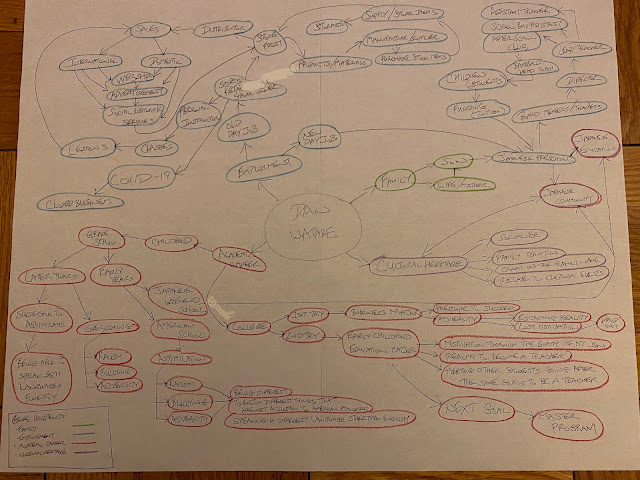This week, we were provided an assignment that leads to our Family School Community partnership that I hope to incorporate in my future endeavor. My intervention plan is to support a Parent-Parent-Teacher partnership orientation event where parents (guardians) get to meet up with other parents (guardians), providing an opportunity in getting to know the parents (guardians) of the other children in the same classroom. As students are involved in creating a unity and bond through their environment in the classroom, the parents (guardians) should also gain knowledge of the family who their child is getting involved with in school.
I believe this partnership is needed in our classrooms today because it supports the level of trust and eliminates any skepticism between families who are involved in the same classroom at school. Parents (guardians) have the need for knowledge when it comes down to what each child is bringing into the classroom, whether the reasons are culturally related, a child may have developmental disadvantages that may cause anxiety on class culture, or a child's variations in learning may hinder class activities. These data will be collected through surveys by all of the parents involved in the classroom at the beginning of the school year and my fellow teachers, including myself, will evaluate and address any concerns before classes begin. I will also initiate private meetings a few weeks into the new school year with the parents (guardians) so they can dig deeper about the assessment for their child. Parents (guardians) are most concerned about how they feel their child is doing in school, do they cause any trouble or issues to teachers or their fellow peers, do the children often talk about the activities and play that occur during school, and etc. As a parent myself, we are also concerned about other students in the classroom. Questions like, "what do the children talk about in class?" "Are the class culturally active and how is this being address in class?" "How can we be more involved with our child and the school that our children attend?"
I will be providing a daily report about the child through email notifications so that parents (guardians) always have access to this information. Parents (guardians) can talk about their daily concerns they might have, what they can do at home to improve on the child's development, to confirm what their child needs to bring to school each day, and things requested by the teacher or school to the parents (guardians) or vice versa. I will also provide the contact information for every child in class (phone number and email addresses), and would also encourage the parents (guardians) to create a group using any means they need in order to keep in touch with the other parents (guardians) and child outside the school environment.
I would also provide a tight community relationship system that the school participates annually. One example of this service is a Summer program where the children can attend multi-cultural classes at different types of cultural schools that value specific traditions from other countries. Parents (guardians) that allow their children to attend to these schools that value tradition and culture are also parents (guardians) that value cultural differences. The interaction to these school's allow for parent's (guardians) to have an understanding that their primary school values these outside cultural traditions and therefore, I can demonstrate my intervention as a beneficial experience for all parties involved.
The key factor in this intervention plan is to provide guidance and encouragement that my school has the desire to work with parents (guardians) and together, we can navigate the children for a better overall education through school and through the outside world. Sharing and gaining information, providing the opportunity to respect valuable family knowledge of everyone involved will be the path that we should take in order to achieve positive family school community relationships.




